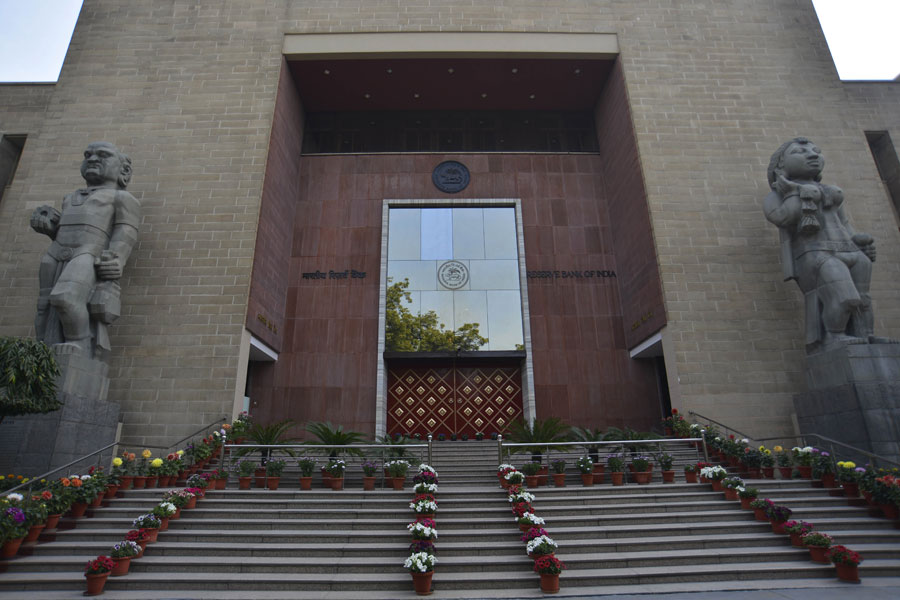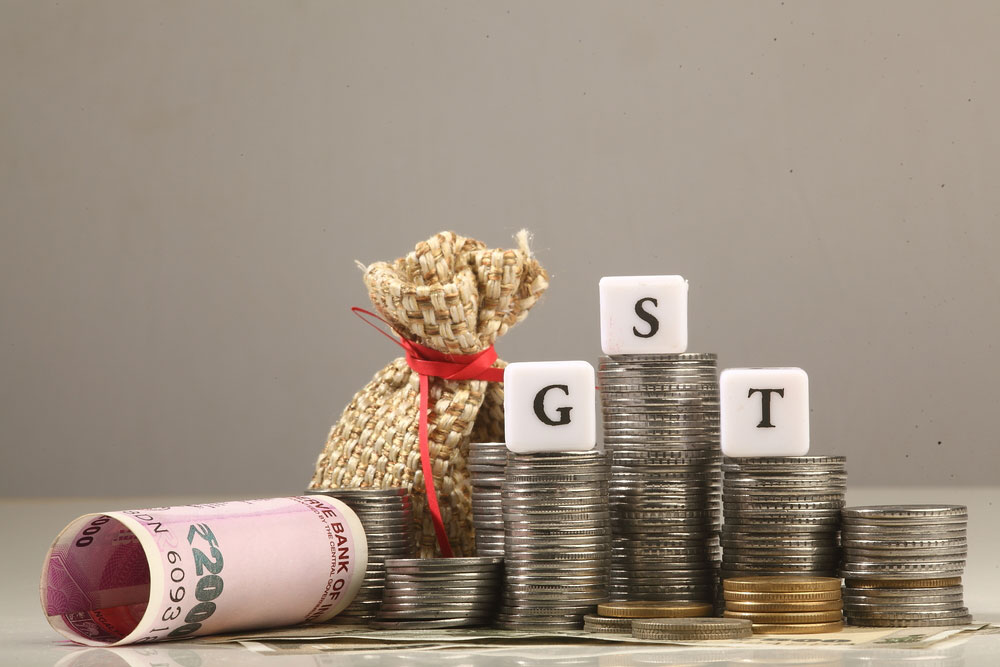Even the Cassandras are surprised by the ferocity of India’s economic slowdown. Last Friday, the Central Statistics Office stunned the pundits with the announcement that growth in real gross domestic product had tumbled to an over six-year low of 5 per cent in the first quarter of this fiscal (April-June). Most analysts had expected the number to come in slightly lower than the 5.8 per cent in the fourth quarter of last year (January-March). The government has been hoping to ride out the rough patch, continuing to blame the slump in demand on exogenous factors: the trade war between the United States of America and China, the uncertainties in crude oil price dynamics after the sanctions were imposed against Iran, and the inversion of bond yields in the US that has spooked markets and triggered talk of an imminent recession in the world’s biggest economy.
The government insists that the slowdown is a result of a cyclical downturn and that everything will be right as rain in the next couple of quarters. The CSO’s figures have started to raise serious concern that the problems may be deeper than the Narendra Modi government is willing to acknowledge. The big worry is that the manufacturing sector has seen gross value added shrink to 0.6 per cent in the first quarter from 12.1 per cent a year ago, and 3.1 per cent in the previous quarter. Growth in the farm sector has also been subdued at 2 per cent compared with 5.1 per cent in the corresponding period of the previous fiscal. Data from other sources only buttress the argument that the situation is worsening. Collections under the goods and service tax have fallen to Rs 98,202 crore in August, the second time this fiscal that the collections have fallen below the Rs 1 lakh crore threshold. All the automobile giants have again reported a sharp fall in sales in August.
The Modi government has firmly set its face against a growing clamour for deep-seated reforms and a viable stimulus package. Instead, it has tried to come up with a pastiche of piecemeal measures, insisting that this will do the trick. It clearly will not. The Reserve Bank of India said in its recent annual report that the Indian economy had suffered a double whammy: a slump in consumption, and a sharp drop in investment. It estimated that consumption — which it terms as the bedrock of the domestic demand in India — accounts for 57 per cent of gross domestic product. But investment really holds the key; past periods of high growth in India have always been triggered by investment upturns. The animal spirits in the economy can be revived only if the government gets to grips with land and labour reforms — a view that has been articulated by experts like Raghuram Rajan and the global credit rating agencies. Piecemeal solutions will only bring scrappy outcomes.












